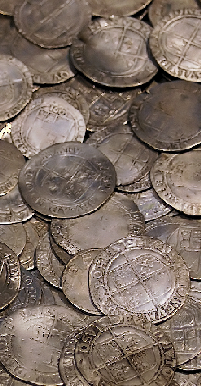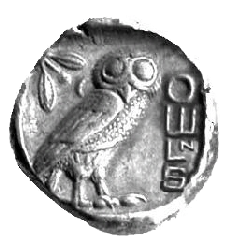
● Next Meeting Status:
Cancelled



● Host Society for the
BANS 2011 Congress
held in Southport


Where to next?

Coins of Lancashire
The Curious Numismatic History Of The County Palatine
Lancashire has played a long and distinguished part in the English historical record, but although the County Palatine has been at the centre of Royal history, the Industrial Revolution, the global tides of imports and exports, the fight for civic rights, the blossoming of Municipal pride, and much of the English armed forces, it has never had an official mint. All of the regal coins, and unofficial tokens, which underpinned Lancashire's growth and achievements have been struck outside the county boundaries.

Coins And Tokens
The Circulating Medium Through The Ages
In three separate periods in the Seventeenth, Eighteenth and Nineteenth centuries, supplies of regal coinage failed, and enterprising traders stepped in with their own, highly individual, coins and tokens.
● To read more of the story, go to Coins and Tokens

The Halsall Penny
The First Token Of The Industrial Revolution
There is one special token, however, which started the greatest flowering of private coining, at the end of the Eighteenth century. This was a copper penny, the first such, which was issued by Colonel Charles Mordaunt, from his cotton mill at Halsall, near Southport.
● To read more of the story, go to The Halsall Penny

The Lancashire Halfpenny
Studies Confirm Die Hubbing Was Introduced At Soho Mint
The Lancashire Halfpenny was struck by Matthew Boulton for one of the 18th century's real characters, Daniel Eccleston of Lancaster. Since the time of Dalton & Hamer it has been assumed that Eccleston's tokens were struck by one pair of dies. This paper proposes that there were, in fact, at least three dies, and that the early use by Boulton of die multiplication has confused the issue.
● To read more of the story, go to The Lancashire Halfpenny
